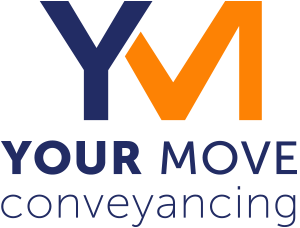After contracts are exchanged unconditionally or once the cooling-off period expires, your conveyancer will undertake a number of other enquiries on the property to ensure the seller has fulfilled their obligations under the conveyancing act such as whether there are any outstanding building notices issued by council and rates/tax checks so that those payments are taken into consideration as part of the settlement. If you are obtaining finance, this is the time where you would sign loan documents and your bank will certify the loan for settlement.
Roughly 1-2 weeks before settlement, your conveyancer will confirm a break-down of what is due for settlement (i.e. balance due to the seller, stamp duty and any other fees to settle the purchase). You should also ensure satisfactory insurance is undertaken around this time. Whilst the seller carries the insurable risk of the property up until settlement (or possession, whichever occurs first), we normally recommend you investigate coverage in the lead up to settlement. Your bank will likely require this too. You are also allowed to view the property to undertake a final inspection within the 3 days leading up to settlement. This is to ensure the property is in the same state of repair as what it was in at the time contracts were entered into.

